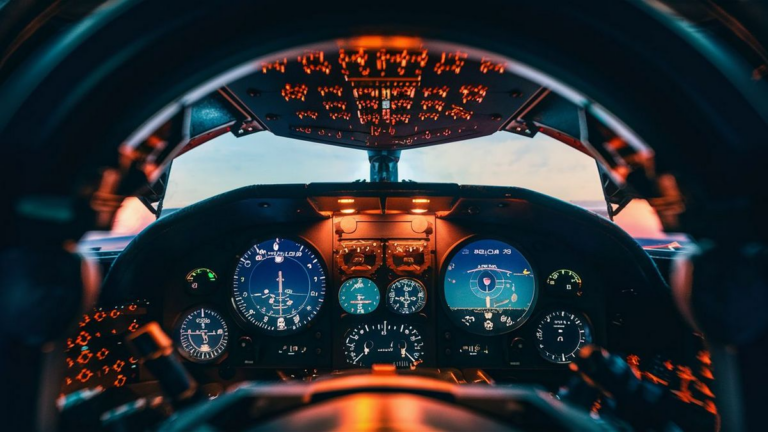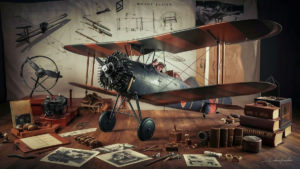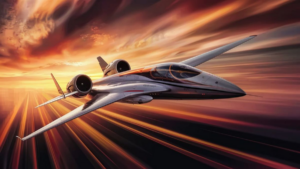When it comes to flying an aircraft, understanding the various movements and dynamics is crucial for pilots to ensure safe and efficient travel. One of the key concepts in aviation is yaw, which plays a significant role in controlling an aircraft’s orientation and stability.
The Basics of Yaw
Yaw refers to the rotation of an aircraft around its vertical axis. This movement causes the nose of the aircraft to deviate from its original heading, either to the left or right. Unlike pitch and roll, which involve movement along the horizontal and lateral axes respectively, yaw involves movement along the vertical axis.
Causes of Yaw
There are several factors that can cause yaw in an aircraft:
- Asymmetric Thrust: Yaw can be induced by differences in thrust produced by the engines on either side of the aircraft. This is particularly evident in multi-engine aircraft where one engine may be producing more thrust than the other.
- Adverse Yaw: Adverse yaw occurs when an aircraft is banked or turning. The increased lift on the outer wing can cause greater drag, resulting in yaw towards the outside of the turn.
- Crosswinds: When flying in crosswind conditions, the wind blowing across the aircraft’s fuselage can induce yaw, requiring the pilot to apply corrective rudder inputs to maintain the desired heading.
Effects of Yaw
Understanding the effects of yaw is essential for pilots to maintain control of the aircraft:
- Control Authority: Yaw control is primarily achieved through the use of the rudder, which allows pilots to counteract yawing moments and maintain directional stability.
- Stability: Proper yaw control is essential for maintaining stability during all phases of flight, from takeoff and climb to cruising and landing.
- Coordination: Coordinating yaw inputs with other control inputs, such as aileron and elevator movements, is necessary to ensure smooth and coordinated flight maneuvers.
Yaw Dampening Systems
Modern aircraft are equipped with yaw dampening systems that help mitigate the effects of yaw and improve overall flight stability. These systems use various sensors and actuators to detect and counteract unwanted yaw movements, enhancing the comfort and safety of passengers and crew.
In conclusion, yaw is a fundamental concept in aviation that plays a crucial role in controlling an aircraft’s orientation and stability. Pilots must understand the causes and effects of yaw and be proficient in using the rudder to maintain control during all phases of flight. With proper training and equipment, pilots can effectively manage yaw and ensure safe and efficient air travel.
Frequently Asked Questions
Here are some common questions related to yaw in aviation:
| Question | Answer |
|---|---|
| 1. What is the primary control surface used to counteract yaw? | The primary control surface used to counteract yaw is the rudder. |
| 2. How do crosswinds affect yaw? | Crosswinds can induce yaw by blowing across the aircraft’s fuselage, requiring corrective rudder inputs from the pilot to maintain the desired heading. |
| 3. What role do yaw dampening systems play in modern aircraft? | Yaw dampening systems help mitigate the effects of yaw and improve overall flight stability by using sensors and actuators to detect and counteract unwanted yaw movements. |
Yaw vs. Roll
While yaw involves the rotation of an aircraft around its vertical axis, roll refers to the rotation around the longitudinal axis. Roll is typically controlled by ailerons and is responsible for tilting the aircraft’s wings up or down.
Yaw Stability Augmentation
Yaw stability augmentation systems, commonly found in larger aircraft, enhance stability by automatically adjusting rudder inputs to counteract yaw disturbances. These systems work in conjunction with the pilot’s inputs to maintain a steady flight path.
See also:






